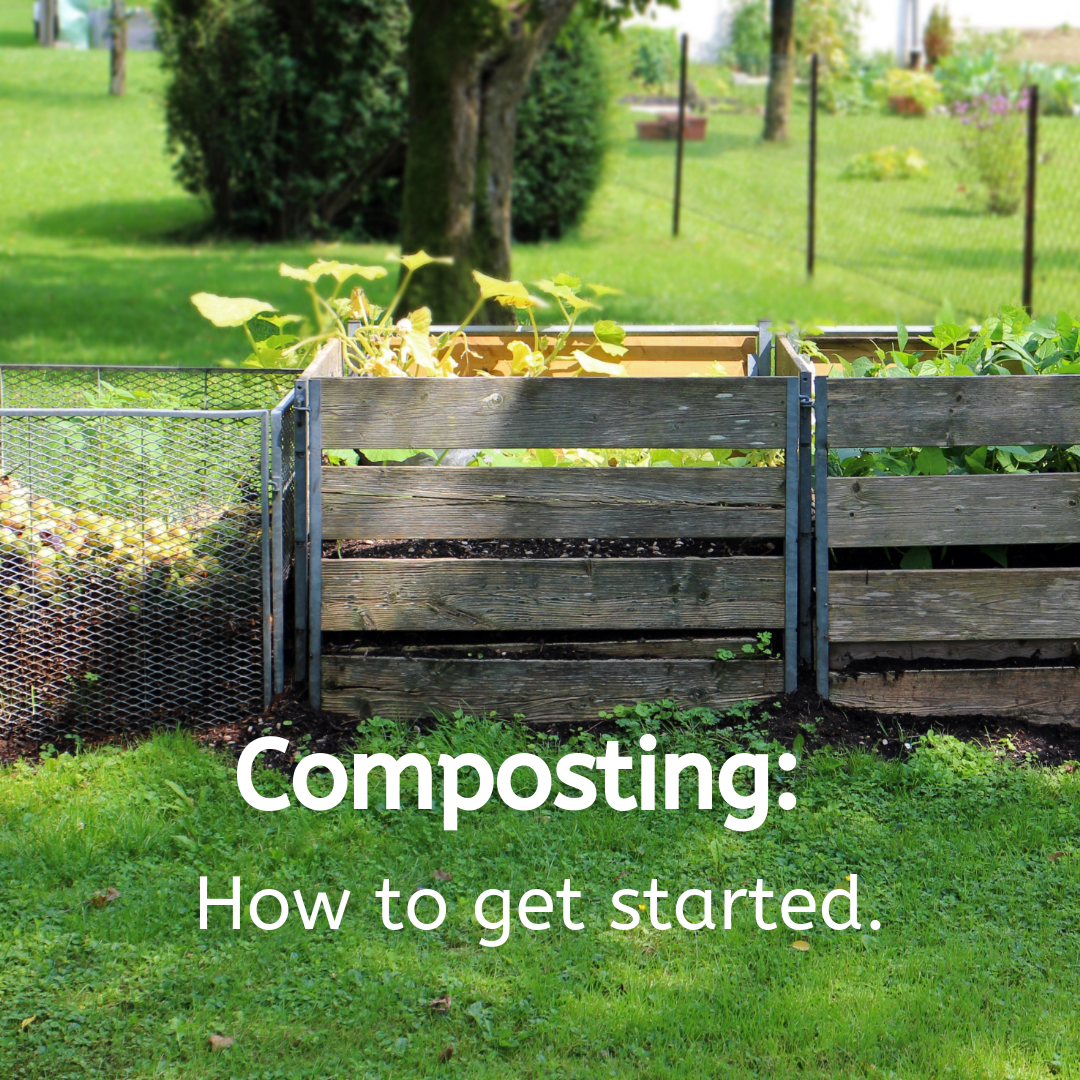How to start composting
I’m sure just the idea of composting seems overwhelming, but we’re here to help you get started and make the journey easy. You’ll be slinging “compost lingo” like a pro by the end of this series. First off, do not feel that you need to buy any fancy composting material, all you need is a spot of bare soil in a shady spot to start. After you’ve picked your area and cleared the ground you’re ready to go.
1. Create a layer of twigs or straw a few inches deep on the bare soil. This helps with drainage and keeps the flow of air through the compost pile.
2. Add your compost materials but alternate between moist and dry layers. Moist ingredients include food scraps, tea bags, seaweed, etc. Dry materials include straw, leaves, sawdust and wood ashes. With wood ashes and sawdust, make sure to sprinkle in thin layers, or it will create clumps and slow the breakdown.
3. Add a nitrogen source to activate the compost pile and speed up the process. Good nitrogen sources would be manure, clover, buckwheat, wheat grass or grass clippings.
4. Keep the compost moist by either watering it occasionally or let the pile be exposed to rain.
5. Cover the compost pile. Covering helps retain moisture and heat. Covering can also prevent the compost from being saturated by rain. You want the compost to be moist but not soaked.
6. Turn the compost pile every few weeks. This helps aerate the pile. As we discussed in last week’s blog, oxygen is required for the chemical reaction to turn the food waste into fertilizer. This step is vital.
7. Once you’ve established your compost pile, add new materials by mixing them in rather than adding them to the top.
Next time we’ll discuss what you should and shouldn’t add to your compost and how to get the ratios correct.
If you missed the first blog in the series click here to read Composting and Why It’s Important




